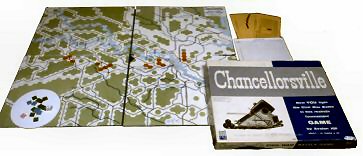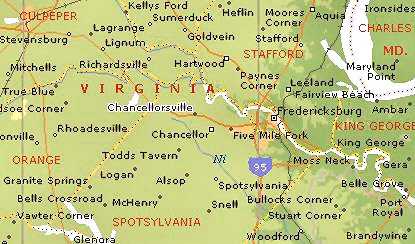
Perhaps even before the "middle ages" in Europe, people delighted in "mock battles" such as "The Joust". Then along came "chess" and similar symbolic war games - thus by the 18th century, stylized, table-top war games were being played. At first these stylized war games were used as part of "military" education and with many modifications they continue as such in our time.
However, in the mid-20th century, a number of board games for the general public based upon famous military battles began to be manufactured. These games enabled players to engage in what David Partlett calls "alternative histories", in that regardless of what really happened on "the battlefield", players of these board games could rearrange history and then speculate what might happen in the world if a battle had ended differently.
Unlike "fantasy games" as such, table-top "war games" are based upon the actual historical components of a battle, and thus the games are designed and play is controlled using actual historic information such as the terrain and climate of the geographic area in which the battle was fought, the number of troops, the type of supplies and equipment used, etc. There are many such board games on the market today and there are a number of special interest groups and clubs dedicated to the play of these games. One of the earliest published games of this type was Chancellorsville.

This copy was donated to the Museum in 1975. It was published by The Avalon Hill Company of Baltimore, Maryland, in the early 1960s. The blue and white box is 29.6cm wide x 36.3cm long x 4cm high. There are smaller boxes inside the bottom which hold the minor pieces used in the play of the game. The game board itself folds in four to fit in the box, and when opened is 27.6cm wide x 35.2 cm wide x 1.2cm thick. The back of the board is covered with a dark blue textured paper. The playing surface is a stylized map of the state of Virginia divided into hexagons used in the play of the game.
The game is for two players who use a number of cardboard counters (1.3cm square - examples on the circle in the lower left of the photograph) in the play of the game. There are blue counters representing the "Union" forces, pink counters representing the "Confederate" forces, and white counters representing immovable fortresses. The blue and pick counters are imprinted with information regarding the name and size of the force. In the upper right of the photograph are a number of documents which are used in the play of the game, these are:
Time Record - a white paper card (17.8cm x 12.7cm) divided into a matrix with the numbers 1 through 32 across the time, and the numbers 1 through 25 along the left side.
Instructions - a single white paper sheet (40.4cm x 25.3cm) with black line diagrams and detailed procedure for playing the game.
Rule A - an orange-brown paper (26.5cm x 12cm) indicating the "Attacker's Factor" - a scale of numbers, and a series of black lines.
Rule D - an orange-brown paper (26.5cm x 9.5cm) indicating the "Defender's Factor" - a scale of numbers, a combat results table, a two vertical cut outs for placing over the black lines on the "Rule A" sheet.
Reference Folder - a white paper sheet (40.4cm x 25.3cm) with diagrams explaining possible modes of play.
Standard Die - a white plastic die (1.3cm cube) with black pips.
Historic Summary - a yellow paper (23cm x 20.3cm) offering notes on terrain, Union strategy, Confederate strategy, list of actual personnel in both armies, factors in the real battle, etc.

Regarding the "real" battle - According to Microsoft Encarta: Chancellorsville was an...important engagement of the American Civil War (1861-1865) in which the Confederate Army used strategy to defeat a much larger Union force. The battle was fought on May 1 to 4, 1863 at Chancellorsville and Fredericksburg, Virginia. The Union forces - the federal Army of the Potomac, under General Hooker, numbered about 130,000; the Confederate forces, comprising the Army of Northern Virginia under General Robert E. Lee, numbered about 60,000.
The Confederates managed to defeat a force over twice their size. Their victory frustrated Union plans for an assault on Richmond the capital of the Confederacy, and made possible Lee’s subsequent invasion of the North, resulting in the Battle of Gettysburg. Union casualties totaled about 17,300; Confederate losses were about 12,750.
Last update March 23, 2010